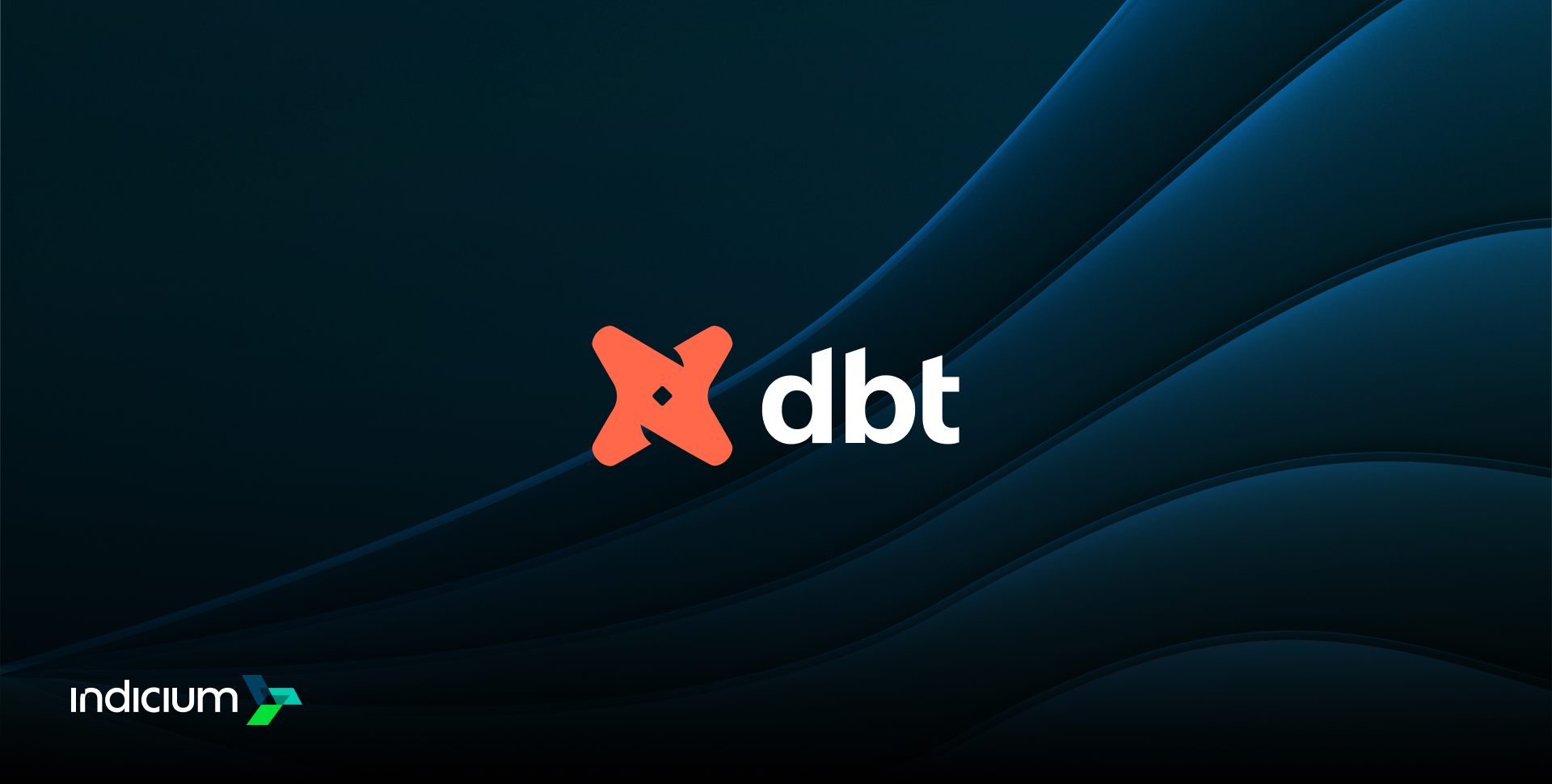
-
 Written by
Written by -
CategoryData Migration
-
Published DateJune 13, 2024
If you were making a list of IT buzzwords that people love to toss around but often struggle to define with precision, the modern data stack would be a good candidate. Although there is plenty of talk today about the importance of modernizing data stacks in order to work with data more efficiently, understanding exactly what a modern data stack looks like — or what makes it different from traditional data stacks — can be quite challenging for organizations seeking to modernize their approach to data.
I can’t claim to be the arbiter of the official definition of the modern data stack because there is no official definition. Ultimately, this is a somewhat subjective concept. But as someone with extensive experience in the realm of modern data management, I’d like to think I know a thing or two about how data stacks have evolved over the past decade or so, and what truly defines a modern data stack.
So, allow me to offer some perspective on what the modern data stack actually means by outlining the history of data stacks, then discussing the key characteristics of a modern data stack.
A (Very) Brief History of Data Stacks
A data stack is the set of tools an organization uses to collect, process, analyze, interpret and store digital information. Because businesses have been working with digital data for a long time — since at least the 1980s or 1990s in many cases — data stacks have been around for a while.
In the early days of digital data, most data stacks took the form of platforms designed to be end-to-end data collection, analysis and storage solutions. These were typically solutions that ran on-prem, and that required lots of specific skills to manage.
Then, in the 2000s, organizations began moving to the cloud, which led to rapid transformations in the ways they developed and deployed software. Data stacks, however, lagged behind. Many companies remained tied to legacy, on-prem data platforms well into the 2010s.
This changed only slowly and incrementally, with companies swapping out parts of their legacy data stacks for more modern solutions one by one. At the typical organization, the journey toward a modern data stack started with the implementation of a data warehouse, which made data storage much more flexible and scalable. Then came cloud-based data processing tools, which freed organizations from being dependent on on-prem infrastructure for data transformation and analytics. Eventually, cloud-based data cataloging, visibility and governance solutions entered into widespread use, completing the migration to fully modern data stacks.
The Defining Features of the Modern Data Stack
Now that you know the historical process that led to the implementation of the modern stack at many organizations and the key types of tools that the modern data stack includes, let’s talk about what makes this kind of solution different from “unmodern” data stacks.
To me, the key distinguishing characteristics of a modern data stack include:
- The ability to select tools modularly: Rather than being tied to a specific vendor’s end-to-end data management platform and ecosystem, modern data stacks let organizations mix and match solutions. You might use a data warehouse from one company and a data processing tool from another, for instance.
- Cloud-centric architecture: In the modern data stack, data lives and is managed in the cloud by default. On-prem workloads are supported too, of course, but the cloud is the de facto focus.
- Agile processes: Like modern software development, where the agile philosophy has predominated for decades, the processes that power data management are agile, flexible and iterative.
- Collaboration: In a similar vein, the modern data stack enables a collaborative approach that lets multiple groups of stakeholders work with data using a central tool set. This enables DataOps, the data management world’s take on DevOps.
The Future of the Data Stack
These are the features that make the modern data stack so valuable to businesses today — and they explain why, despite some claims that the modern data stack is becoming irrelevant (largely due to the notion that generative AI will make it less important to manage and interpret data in traditional ways), the modern data stack as we know it is not likely to go anywhere anytime soon.
On the contrary, in my work in helping businesses modernize their data stacks, I am seeing steadily increasing interest in investment by enterprises in modern data stack technologies. Generative AI may be trendy, but data warehousing, processing, visibility and governance solutions are where enterprises are actually spending their money.
Define What Data Stack Means to Your Business
To some degree, the meaning of the modern data stack is in the eye of the beholder. Nonetheless, there are some clear differentiators between modern data management and governance tools and those that were in use in previous decades. Viewed from that perspective, the modern data stack is much more than a buzzword. It’s an essential ingredient in helping businesses do more with their data.
This article originally appeared at The New Stack on June 13th, 2024, under the title ‘What Does the Modern Data Stack Actually Mean?’.
About Indicium
Indicium is a global leader in data and AI services, built to help enterprises solve what matters now and prepare for what comes next. Backed by a 40 million dollar investment and a team of more than 400 certified professionals, we deliver end-to-end solutions across the full data lifecycle. Our proprietary AI-enabled, IndiMesh framework powers every engagement with collective intelligence, proven expertise, and rigorous quality control. Industry leaders like PepsiCo and Bayer trust Indicium to turn complex data challenges into lasting results.

Daniel Avancini
Stay Connected
Get the latest updates and news delivered straight to your inbox.






